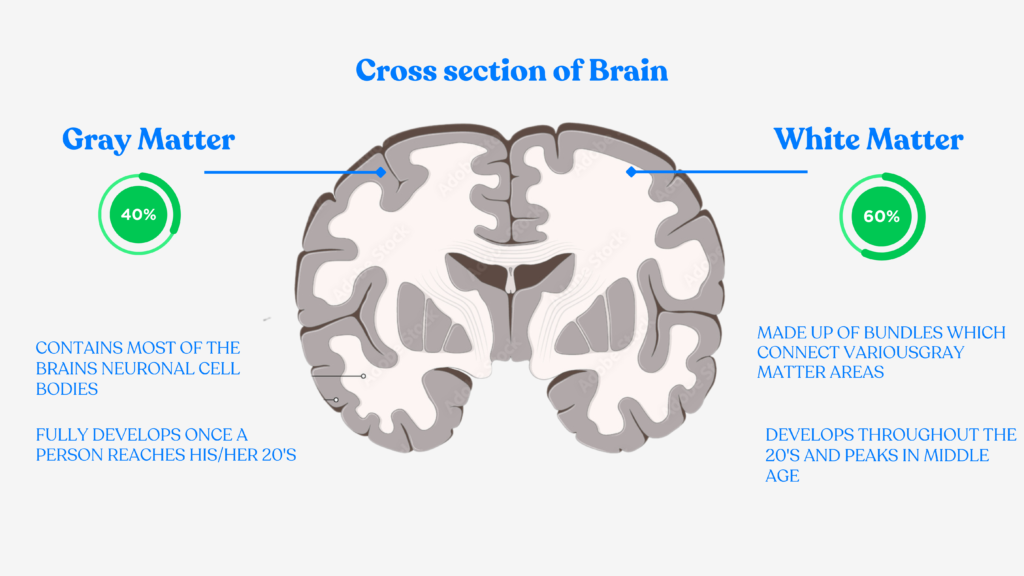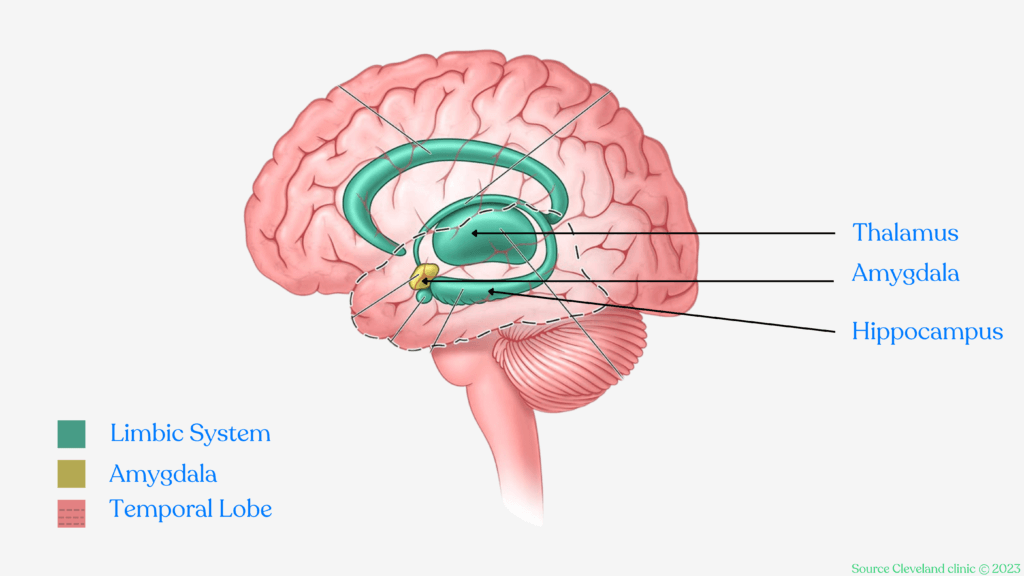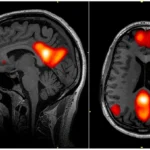Ever felt like your brain is a crowded market during rush hour? Thoughts buzzing, emotions swirling, your mind racing from one stop to the next? We’ve all been there. But what if I told you that just by practising mindfulness, you could literally rewire your brain to be calmer, more focused, and better at handling stress? Sounds like a magic trick, right? But it’s not—it’s science.

Let’s dive into the fascinating world of the neuroscience of mindfulness and explore how meditation can transform your brain. And we’ll look at an ancient Sanskrit shloka that echoes this wisdom.
Setting the record straight on what Mindfulness actually is. Mindfulness is simply the practice of bringing your full attention to the present moment, without judgment. Whether it’s through meditation or just paying attention to your daily tasks, mindfulness invites you to be in the now.
What is Mindfulness Meditation?
Mindfulness meditation is a type of meditation that involves paying attention to the present moment without judgment. It’s about being fully aware of your thoughts, feelings, and sensations without getting caught up in them.
Mindfulness and Neuroplasticity: Rewiring Your Brain
One of the most exciting discoveries in neuroscience is neuroplasticity, the brain’s ability to rewire itself. Just like a muscle, your brain can grow and change throughout your life. The more you practice mindfulness, the more you can reshape your brain for the better.
Imagine your mind as a forest. Every time you think a thought or engage in a behaviour, it’s like walking a path through the trees. The more often you walk that path, the clearer and more defined it becomes. Meditation helps you create new, positive paths while allowing the old, negative ones to fade away.
The Science Behind Mindfulness
Numerous scientific studies have shown that mindfulness meditation can lead to significant changes in the brain. Here’s a breakdown of some of the key findings:
1. Increased Gray Matter in Key Brain Regions

Gray matter is part of the brain responsible for thinking, feeling, and sensing. Studies have shown that mindfulness meditation can increase the thickness of gray matter in areas of the brain associated with:
- The prefrontal cortex: This area is responsible for decision-making, planning, and self-control.
- The insula: This area plays a role in awareness of bodily sensations and emotions.
- The hippocampus: This area is involved in memory and learning.
Gray matter is a tissue in the brain and spinal cord that plays a key role in many functions, including memory, movement, and emotions
2. The Mind-Body Connection: Reducing Physical Ailments Through Meditation
It’s not just your brain that benefits from mindfulness. Meditation also has profound effects on your body. Studies have shown that regular mindfulness practice can lower blood pressure, improve immune function, and even reduce inflammation in the body.
The reason is simple: your brain and body are interconnected. When your brain is calm and focused, it sends signals to your body to relax and heal. This is why people who practice mindfulness often report feeling less physical pain and better overall health.
Mindfulness meditation can also improve the connectivity between different brain regions. This means that the brain is better able to communicate and process information.

3. Reduced Activity in the Default Mode Network (DMN)
The DMN is a network of brain regions that is active when we are not focused on a specific task. Studies have shown that mindfulness meditation can reduce the activity of the DMN. This is important because the DMN is often associated with negative thoughts and rumination.
4. Changes in Gene Expression
Mindfulness meditation can also affect the expression of genes. This means that it can influence how our genes are turned on and off. Some studies have shown that mindfulness meditation can increase the expression of genes that are associated with stress resilience and well-being.
5. Cortical Thickness: Building a Better Brain
While your Amygdala is shrinking, other parts of your brain are actually growing. Neuroscientists have discovered that meditation increases cortical thickness in areas associated with attention and sensory processing. It’s like you’re giving your brain a workout, building mental muscle in all the right places.
The prefrontal cortex, often called the “CEO of the brain,” shows increased activity and thickness in long-term meditators. This area is crucial for things like planning, problem-solving, and emotional regulation. So, by meditating, you’re essentially becoming the boss of your own brain!

Benefits of Mindfulness Meditation
In addition to the changes in the brain, mindfulness meditation has been shown to have a number of other benefits, including:
- Reduced stress and anxiety: A study published in the journal Psychosomatic Medicine found that participants who practiced mindfulness for just 8 weeks had significantly lower cortisol levels than those who didn’t. That’s right—mindfulness practices reduce stress by changing the way your body and brain respond to pressure.
- Improved Mental Health and mood: Beyond just feeling calmer, meditation improves mental health by addressing the root causes of anxiety, depression, and emotional turmoil. Mindfulness meditation teaches you to observe your thoughts and feelings without judgment. Instead of getting caught up in the whirlwind of emotions, you learn to watch them pass by, like clouds in the sky.
- Enhanced emotional regulation: One of the most remarkable benefits of mindfulness meditation is its ability to rewire the brain through neuroplasticity. Meditation strengthens the neural pathways associated with positive emotions, while weakening those linked to negative reactions. This makes you more adaptable and better equipped to handle stress, change, and difficult emotions.
- Better sleep
- Increased focus and concentration
- Improved physical health
Meditation’s Role in Compassion and Connection
Have you ever considered the incredible impact that mindfulness meditation can have on fostering compassion and connection?
One of the most beautiful aspects of mindfulness meditation is its ability to foster compassion, both for yourself and for others. As you practice mindfulness, you become more aware of your own struggles and develop a sense of kindness towards yourself. This self-compassion then extends outward, allowing you to connect with others on a deeper level.
What’s even more fascinating is that meditation has been found to increase activity in brain regions associated with empathy and compassion, such as the insula and cingulate cortex. Studies have shown that regular meditation can lead to engaging in more positive behaviours, such as helping others and experiencing reduced bias and judgement.
This heightened sense of compassion not only enriches your relationships but also contributes to improved mental well-being. Research has found that individuals with high levels of compassion report greater happiness, reduced stress, and a stronger sense of purpose.
Why You Should Start Meditating Today
Alright, so now you know the science behind mindfulness and how it can literally change your brain. But here’s the thing: knowing isn’t enough. You have to experience it for yourself.
It doesn’t take hours of sitting cross-legged in a silent room to start seeing the benefits. Even just a few minutes a day can make a difference. Start small, stay consistent, and watch how your brain—and life—begin to transform.
Here’s a simple meditation you can try right now:
- Find a quiet spot where you won’t be disturbed.
- Sit comfortably, either on a chair or on the floor.
- Close your eyes and take a deep breath. Inhale for 4 counts, hold for 2, and exhale for 4.
- Focus on your breath. If your mind starts to wander (and it will), gently bring your focus back to your breath.
- Do this for just 5 minutes. That’s it! Over time, you can gradually increase the length of your sessions.
As we wrap up, it’s worth reflecting on that Sanskrit shloka. Here’s a Sanskrit shloka that beautifully captures the essence of mindfulness:
मनः शान्तं तनुर् निरामया। चिन्ता नास्ति मनो न दुःखितम् ॥
Man-ah shantam tanur niramaya, chinta, na-asti mano na dhukhitam.
Meaning: When the mind is peaceful, the body is free from disease. There is no worry in the mind, and the mind is not sad.

This ancient wisdom isn’t just philosophy; it’s neuroscience. Your brain is a dynamic, ever-changing organ, and with mindfulness, you have the power to shape it in ways that lead to a calmer, more focused, and happier life.
Mindfulness meditation is a powerful tool that can help you improve your mental and emotional well-being. By cultivating a regular mindfulness practice, you can experience the many benefits of this ancient practice.
I encourage you to take the first step towards incorporating mindfulness meditation into your life. Start with just a few minutes each day and gradually increase the duration of your practice. You may be surprised at how quickly you begin to see the positive effects.
Remember, the journey of mindfulness is a personal one. There is no right or wrong way to meditate. The most important thing is to find a practice that works for you and to be patient with yourself as you learn and grow.
To recall your readings, try answering these! and comment down your answers .
- Which part of the brain is known as the “CEO of the brain” and shows increased thickness with long-term mindfulness meditation?
a) Amygdala
b) Prefrontal cortex
c) Insula
d) vertebrae
- How does mindfulness meditation affect gray matter in the brain?
a) It decreases gray matter thickness in the brain
b) It has no effect on gray matter
c) It increases gray matter thickness in areas related to decision-making, emotions, and memory
d) It reduces gray matter thickness in the prefrontal cortex
I hope this blog has inspired you to explore the neuroscience of mindfulness and to embark on your own mindfulness journey.
Thank you for reading! To enjoy reading more such articles Visit here.
To get AI insights with a Mindful Twist, Follow us on LinkedIn.






